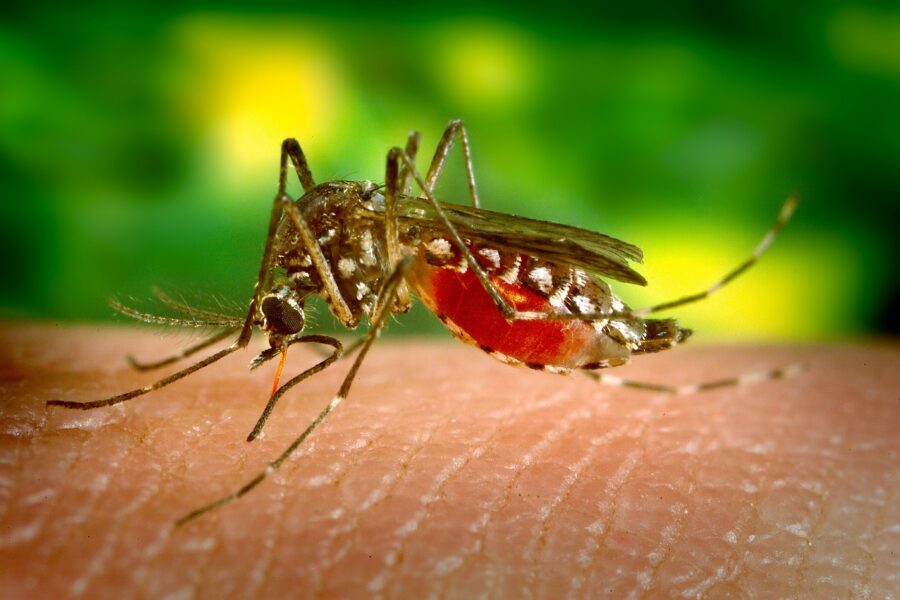In 2018, we experienced a particularly severe West Nile Virus season, with an unusually high amount of neuroinvasive disease. Last summer, our senior ID Fellow Dr. Lindsey Rearigh shared an informational blog post about the disease, and more recently, she and Dr. Sara Bares published a case report in the Journal of Neurovirology describing a a patient with an unusual presentation of West Nile Virus disease. Dr. Rearigh shared a summary of her case with us:
What is your publication about?
This is a case presentation that describes a young, healthy adult patient who presented with uveomeningeal syndrome as the initial manifestation of neuroinvasive West Nile Virus (WNV) disease. Uveomeningeal syndrome includes intraocular and meningeal inflammation often from an infectious process such as WNV and would be classified as neuroinvasive disease (i.e. involving the central nervous system). WNV can have an array of clinical presentations ranging from asymptomatic to febrile illness with vomiting and diffuse myalgias (muscle aches) and even to neuroinvasive disease characterized by meningioencephalitis and flaccid paralysis.
Why is this interesting?
Previously, neuroinvasive and ocular WNV were seen primarily in patients who were elderly (age>50) or had compromised immune systems (due to conditions such as diabetes or malignancy). Our patient was young and healthy, raising concerns for increased WNV virulence. This is coupled with concerns of increased prevalence of neuroinvasive WNV seen in 2018, a year in which approximately half of all cases in Nebraska were diagnosed as neuroinvasive disease.
What future questions does this case raise?
Interestingly, our patient improved on high dose steroids. The standard of care for WNV is usually supportive; the role of corticosteroids remains controversial with concerns for prolonged recovery. There are case reports demonstrating improved outcomes in WNV-associated flaccid paralysis and meningoencephalitis but the evidence is still limited, leaving room for further research in this area.
 Citation: Rearigh, L., Kedar, S. & Bares, S.H. J. Neurovirol. (2019). https://doi.org/10.1007/s13365-019-00808-0
Citation: Rearigh, L., Kedar, S. & Bares, S.H. J. Neurovirol. (2019). https://doi.org/10.1007/s13365-019-00808-0
